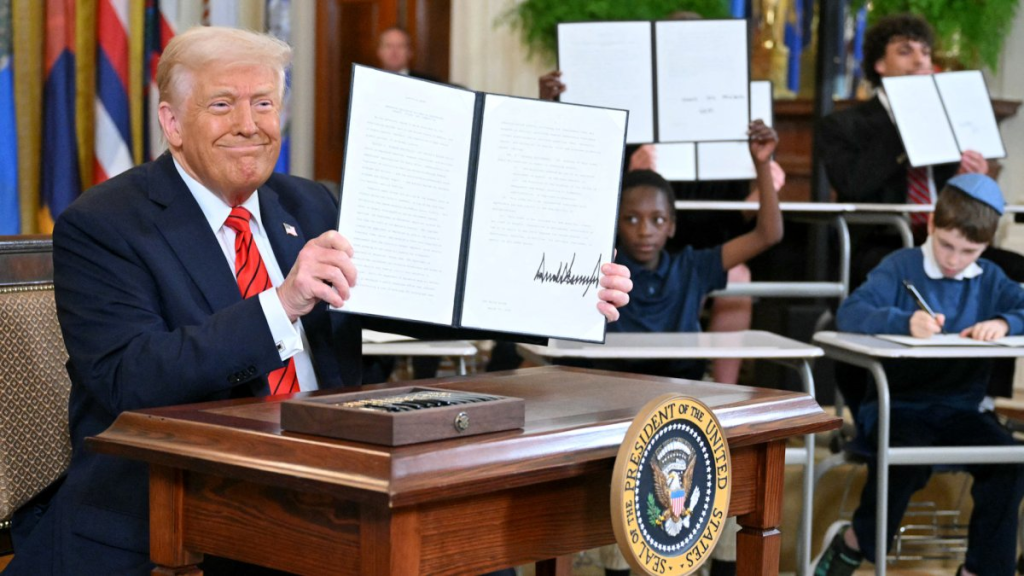President Donald Trump has signed an executive order aimed at dismantling the federal Department of Education. This bold step, long promised during his campaign, seeks to radically reshape the way American education is administered. Here’s what you need to know about the Department of Education, what does the Department of Education do, and why Trump is removing the Department of Education
What Is the Department of Education?
Established in 1979 under President Jimmy Carter, the Department of Education was created to consolidate federal education programs into one Cabinet-level agency. Its primary purpose was to coordinate and administer federal funding, ensuring that educational resources were distributed effectively to support K-12 schools and higher education institutions. Over the decades, the department has played a critical role in implementing programs like Title I, which assists low-income schools, and IDEA, which funds education for children with disabilities. Additionally, it oversees major federal student aid programs, including Pell Grants and the administration of a $1.6 trillion student loan portfolio.

What Does the Department of Education Do?
The agency’s responsibilities extend beyond merely allocating funds. The Department of Education is tasked with:
- Funding and Grants: Distributing billions of dollars annually to public schools, colleges, and universities, ensuring that low-income and special needs students receive essential support.
- Regulation and Oversight: Enforcing federal civil rights laws in education through its Office of Civil Rights, which investigates allegations of discrimination in schools.
- Accountability: Overseeing college accreditation and ensuring that institutions adhere to federal standards.
- Policy Development: Creating guidelines and regulations that shape the national education landscape, often influencing curriculum standards and educational outcomes across states.
Despite these functions, critics argue that the department has evolved into an entrenched bureaucracy that adds little value to educational outcomes while consuming taxpayer dollars.
Why Is Trump Removing the Department of Education?
President Trump and his administration have been vocal critics of what they describe as an inefficient federal education system. Trump’s recent executive order reflects his long-held belief that education decisions should be returned to parents, states, and local communities rather than managed by a centralized federal bureaucracy. He contends that the department’s control over education has led to stagnant performance, as evidenced by falling reading and math scores among American students over recent years.
According to Trump’s order, the goal is to “eliminate bureaucratic bloat” and redirect responsibility for education back to the states. In his view, this shift would not only reduce federal spending but also allow states to tailor educational programs to better meet local needs and improve student outcomes. The executive order instructs Education Secretary Linda McMahon to take all necessary steps to wind down the department’s operations while ensuring that critical programs—such as student loans, Pell Grants, and civil rights enforcement—continue under the jurisdiction of other agencies.
What Does It Mean to Eliminate the Department of Education?
Eliminating or dismantling the Department of Education would mark a dramatic shift in U.S. education policy. For many, this move represents a return to a more localized system where individual states and communities have the autonomy to design and implement education programs. Proponents argue that this would lead to more efficient use of resources, better accountability, and increased responsiveness to local needs.
However, opponents warn that such a move could disrupt critical funding streams and oversight mechanisms that have helped many underserved students receive a quality education. They fear that the elimination of the federal department could lead to increased disparities in educational opportunities across states, especially in regions that struggle to generate sufficient resources on their own.
Critics also emphasize that the Department of Education’s functions—such as ensuring nondiscrimination in schools and managing the vast federal student aid system—are too crucial to be completely dismantled without comprehensive and well-planned state-level replacements.


